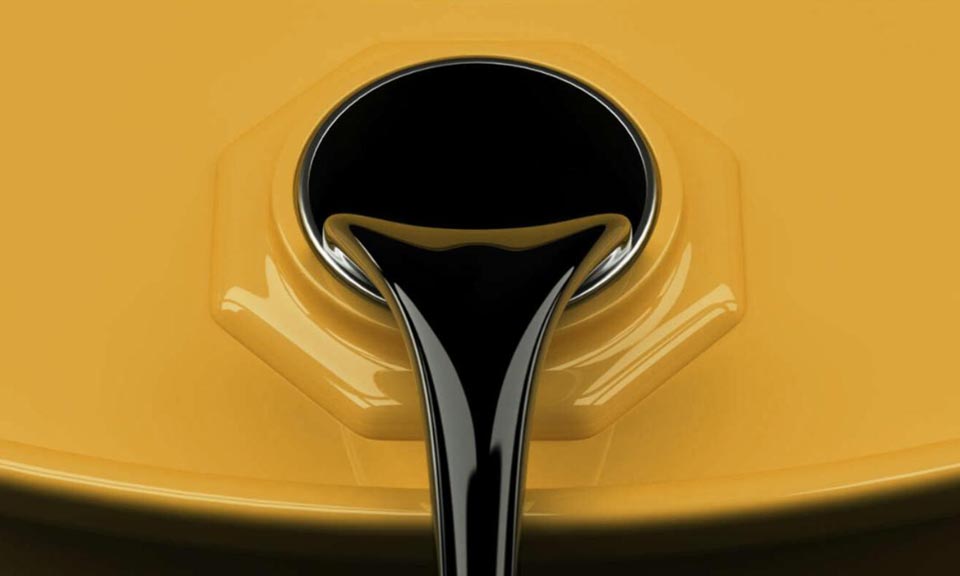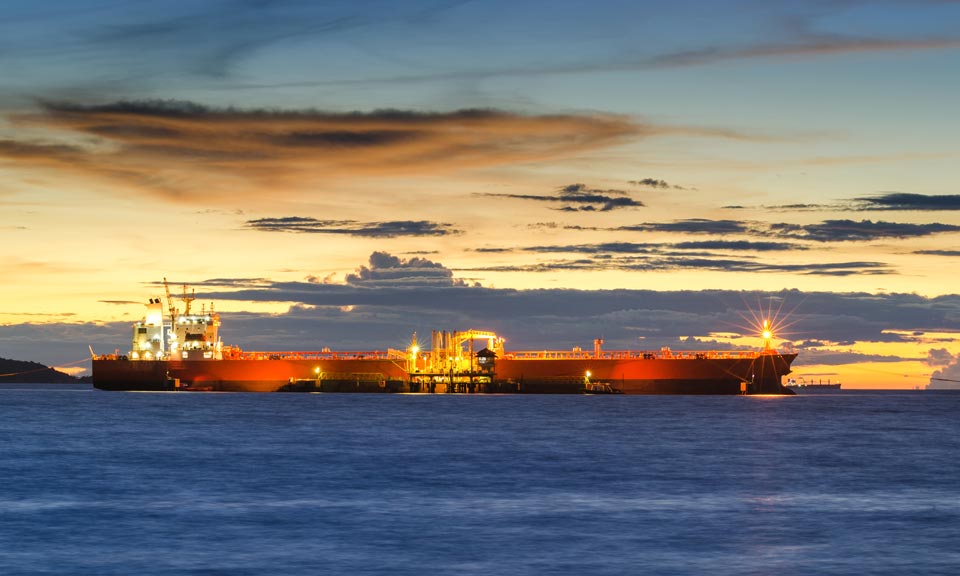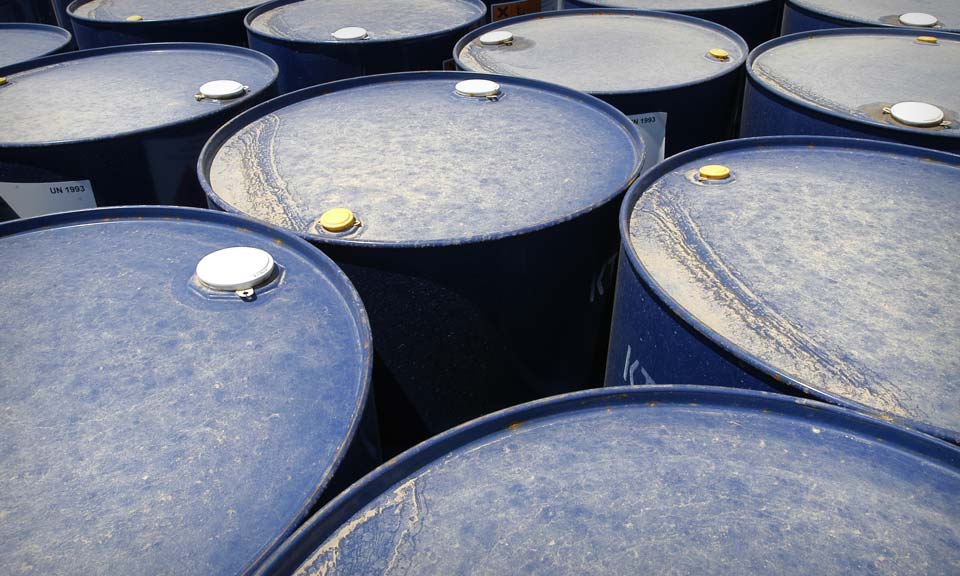Platts to reflect WTI Midland in Dated Brent, Cash BFOE from June 2023

Following extensive consultation and proposal periods, Platts, part of S&P Global Commodity Insights, will reflect cargoes of WTI Midland crude oil in its Dated Brent crude oil benchmark, with effect from June 2023 cargo deliveries. This inclusion will extend across the Brent complex, including Dated Brent and its related components, Cash BFOE, and all related instruments. Platts will maintain the assessment of the Dated Brent benchmark and Cash BFOE as FOB North Sea values, with Cash BFOE methodology to be finalized in the coming months.
This follows a proposal published Feb. 14, 2022 and available here:
https://www.spglobal.com/commodityinsights/en/our-methodology/subscriber-notes/021422-platts-proposes-to-reflect-wti-midland-in-dated-brent-cash-bfoe-from-june-2023-keeps-brent-assessments-on-an-fob-basis
And a consultation published July 21, 2021, and available here:
https://www.spglobal.com/commodityinsights/en/our-methodology/subscriber-notes/072121-platts-launches-consultation-on-further-evolution-of-dated-brent-and-wider-brent-complex
Platts to add WTI Midland to Dated Brent and all related Platts Brent assessments:
- WTI Midland cargoes on a CIF Rotterdam basis to be reflected in Dated Brent, with FOB value derived by freight netback to established North Sea ports.
- Dated Brent and Cash BFOE cargo sizes to move to 700,000 barrels from 600,000 barrels.
- Freight Adjustment Factor on WTI Midland to be set at 80%.
- Cash BFOE methodology to be defined after further discussion of market standards.
CONSULTATION AND PROPOSAL: Since launching a formal consultation July 21, 2021, Platts has received widespread support for the inclusion of WTI Midland in the Brent complex. The feedback received included a wide range of ideas and proposed mechanisms for the inclusion of WTI Midland. Platts appreciates that the inclusion of WTI Midland into the Brent complex requires detailed methodological evolution. Building on the feedback received, this decision sets out the pathway for the grades inclusion into Dated Brent.
TIMING OF IMPLEMENTATION: Platts will include WTI Midland cargoes in the Dated Brent assessment from cargo delivery periods starting June 2023. Such physical cargoes can be bid or offered in the Platts Market on Close assessment process for inclusion in Dated Brent from the first publishing day in May 2023, with the associated June Cash BFOE value assessed from February 2023.
WTI MIDLAND INTO DATED BRENT: As part of this change, Platts will amend Dated Brent to reflect the bids, offers, and transactions for the most competitive grade of Brent/Ninian Blend, Forties, Oseberg, Ekofisk, Troll, and WTI Midland, on an FOB and freight-adjusted FOB North Sea basis. Platts will reflect bids, offers, and transactions of WTI Midland on a CIF Rotterdam basis in its Market on Close assessment process as per current guidelines. A value for an FOB equivalent cargo of WTI Midland in the North Sea will be derived by a calculation of an evenly weighted average of freight values for the five existing ports of Sullom Voe, Hound Point, Sture, Teesside, and Mongstad.
FREIGHT ADJUSTMENT FACTOR: Inclusion of CIF Rotterdam cargoes in Dated Brent will incorporate a freight adjustment factor in the calculation of equivalent FOB value for delivered cargoes. Following significant feedback received during the proposal period, Platts will apply a freight adjustment factor of 80% to cargoes of WTI Midland to give an FOB North Sea assessment, based on the average of freight rates for an equivalent loading period. The basis for this adjustment for WTI Midland would refer to an average of the basket of the five Dated Brent North Sea terminals. The 80% freight adjustment factor is in line with the freight adjustment factors applied to the existing BFOE grades. Background on Platts Freight Adjustment Factors can be found here:
https://www.spglobal.com/platts/plattscontent/_assets/_files/en/our-methodology/methodology-specifications/dated-brent-cif-rotterdam.pdf
VOLUME: Effective for cargoes for delivery from June 2023, Platts will amend the size of cargoes reflected in Dated Brent and Cash BFOE to 700,000 barrels. This size will be applicable to the five established grades of Brent/Ninian Blend, Forties, Oseberg, Ekofisk, Troll, as well as WTI Midland, each with a tolerance of 1% in the buyers option. As a result, Platts assessment of Cash BFOE will reflect convergence of cash partials on reaching 700,000 barrels, an increase from the current standard of 600,000 barrels. This change reflects the trend to larger vessel and cargo size in the Atlantic Aframax fleet. Platts has published a separate subscriber note outlining more detail on this change.
QUALITY: Platts will include WTI Midland cargoes of a quality meeting its globally applied specification, which can be found here: https://www.spglobal.com/commodityinsights/plattscontent/_assets/_files/en/our-methodology/methodology-specifications/emea-crude-methodology.pdf
Platts will continue to reflect Oseberg, Ekofisk, and Troll in Dated Brent after adjustment on a Quality Premium basis. Platts will review the applicability of a quality premium or any similar adjustment mechanism for WTI Midland cargoes in the Brent complex after initial implementation.
WTI MIDLAND INTO CASH BFOE: As part of the consultation around this change, Platts has received widespread support for WTI Midland being included into the Cash BFOE forward process in the Brent complex. Platts recognizes there are several sets of bilateral contract amendments being discussed among North Sea market participants. The complexity and variety of these terms mean that no industry standard has emerged ahead of next year's implementation, and Platts will work with market participants to further define the forward mechanism to be included into the Dated Brent complex. Platts remains committed to reflecting bids, offers, and transactions of Cash BFOE where the buyer is willing to accept a cargo of Brent/Ninian, Forties, Oseberg, Ekofisk, Troll, or WTI Midland from cargoes loading June 2023. In its proposal, Platts stated that, on being nominated an FOB WTI Midland cargo, a buyer should charter a vessel acceptable to seller and the nominated terminal, with title and risk passing from seller to buyer in international waters. Platts recognizes there is growing support for contract amendments under which the ship shall be chartered by the seller.
WTI MIDLAND CARGOES AND TERMINALS FOR INCLUSION: Platts will reflect in Dated Brent and Cash BFOE assessments WTI Midland cargoes loading in the US Gulf Coast that meet the Platts specification which can be found here:
https://www.spglobal.com/platts/en/our-methodology/subscriber-notes/080320-platts-to-implement-comprehensive-platts-wti-midland-specifications
Platts will only reflect WTI Midland cargoes that can be loaded from pre-approved terminals. A US Gulf Coast terminal wishing to be included in the Brent assessment process would need to demonstrate the highest standards of logistical performance and guarantee a demonstration of the quality of crude oil for every loading. More information on Platts terminal review process and minimum requirements to be demonstrated are set out in a related subscriber note.
Please send all comments, feedback and questions to Platts_Oil_Feedback@spglobal.com and pricegroup@spglobal.com.
For written comments, please provide a clear indication if comments are not intended for publication by Platts for public viewing.
Platts will consider all comments received and will make comments not marked as confidential available to the public upon request.

News
Russia, one of the world’s largest oil suppliers, has increasingly turned to non-Western firms to transport its crude to overseas buyers during its ongoing war with Ukraine . With a dual goal of undermining Russia’s war chest without creating significant disruptions to global supplies amid inflation pressure, G7 countries and their allies have banned tanker operators, insurers and other services firms from facilitating seaborne Russian crude exports unless the barrels are sold for no more than $60/b. The price cap regime, which came into force Dec. 5, 2022, does not directly cover tankers flagged, owned and operated by companies outside the G7, the EU, Australia, Switzerland and Norway, and not insured by Western protection and indemnity clubs. While such ships tend to be older and less maintained, their share in Russia’s crude exports market has been rising in recent months amid strengthening prices of Urals -- the OPEC+ member’s flagship crude grade -- and tightening sanctions enforcement by the West. Non-price-capped tankers have a larger market share in shipping Russia’s Pacific crude exports, according to analysis of S&P Global Commodities at Sea and Maritime Intelligence Risk Suite data. Crudes such as Sokol, Sakhalin Blend, and Eastern Siberia–Pacific Ocean grades are more often involved in these trades than Russian barrels from Baltic or Black Sea ports like Urals. Tanker operators in Greece, Europe’s top shipowning nation, managed to keep their traditionally strong market position in Russia in the first few months since the price cap took effect before giving ways to their peers in the UAE, Russia, China and Hong Kong. (Latest update: April 5, 2024)

News
Recording changes to Russian oil exports and EU oil imports since the war in Ukraine Russia’s war in Ukraine has triggered a major upheaval in the global oil markets, forcing Moscow to find alternative buyers and Europe to source new supplies as Western sanctions seek to clamp down on Moscow’s vital oil revenues. With an EU embargo and the G7 price cap on Moscow's oil now fully in place, Russian seaborne crude exports have remained largely resilient as displaced volumes of its discounted oil flow East. Russian oil product exports have also mostly held up with new buyers in Africa absorbing Russian diesel and other fuels now banned from Europe. (Latest update: April 3, 2024)

News
Initiative driven by demand for batteries from vehicles, energy storage IOC aims to be carbon-free by 2046 Tie-up comes as India supports NEV buildup Japan's Panasonic Energy and state-run Indian Oil Corp aim to finalize details for a joint-venture to manufacture cylindrical lithium-ion batteries in India as early as June to September, the Japanese battery maker said April 1. Both companies will engage in "a feasibility study regarding the utilization of battery technology to facilitate the transition to clean energy in India," Panasonic said, and have signed a binding term sheet with details to emerge "by the summer of this year." The initiative by the companies "is driven by the anticipated expansion of demand for batteries for two- and three-wheel vehicles and energy storage systems in the Indian market", it said. The collaboration comes as India takes steps to build up infrastructure for manufacturing and supporting new energy vehicles, especially in its interim budget for 2024-25. Following the budget announcement, Chinese automaker SAIC Motor and India's JSW Group plan to install a production capacity of 200,000 vehicles/year in India, focusing on NEVs, with ramping up to start from the end of 2024. In China, NEV is a term used to designate automobiles that are fully or predominantly powered by electricity and include battery electric vehicles as well as plug-in hybrid EVs and fuel cell EVs. IOC's tie-up with Panasonic will support the energy company's goals to be a zero-carbon emitter by 2046. India's lithium-ion battery manufacturing industry is expected to grow at a compound annual growth rate of 50% from 20 GWh in 2022 to 220 GWh by 2030, data from the India Brand Equity Foundation showed. Platts assessed prices for battery grade lithium carbonate at $14,350/mt CIF North Asia March 28, flat from the previous session, S&P Global Commodity Insights data showed, while lithium hydroxide stood at $14,000/mt CIF North Asia, also unchanged from the session before. Platts Connect: News & Insights (spglobal.com)

News
(Latest update March 28, 2024) OPEC+ ministers face the challenge of managing a slumping oil market as they discuss crude production for 2024. The following infographic highlights some key issues to watch out for during the upcoming talks. Related feature : OPEC+ committee meets as output cut policy finally boosts prices (subscriber content) Click for the full-size infographic